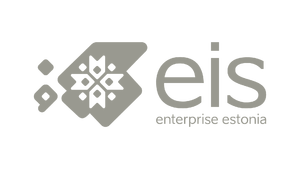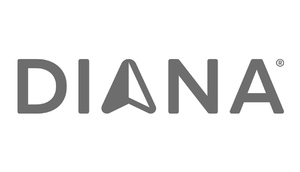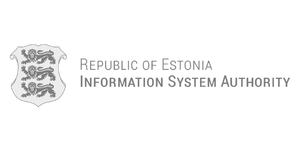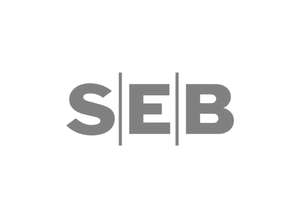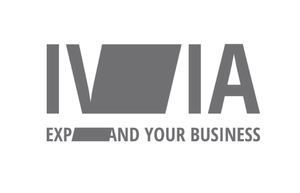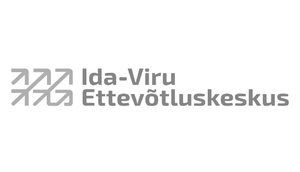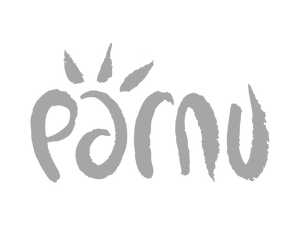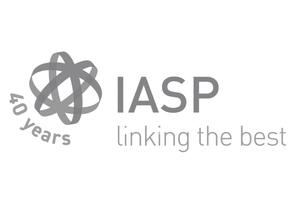12.06.2020
Digital health data: What is used and how?
The seminar headed by the Connected Health Cluster, led by Tallinn Science Park Tehnopol, sought to find out what should be done to use and collect digital health data and how to create better solutions for patients based on existing data.
Adviser of the Ministry of Social Affairs on e-services Development and Innovation Priit Tohver said that smart analysis of health data would help improve our understanding of health and how to live a healthy life and detect and fight illnesses.
Tohver provided an example to describe the process when someone has an interest in an analytics project or research or comes to the idea to create an innovative algorithm to improve health somehow. There is no universal model that can be applied, but in simplified terms, you have to set out a research question, choose a database and a method to answer said question, map the availability of data in Estonia and create a data model on the basis thereof as well as ask for authorisation from the ethics committee.
Data analysis projects lead to many complicated questions, such as how to analyse data securely and privately. This is why there are talks about potentially forming DigInEst – to boost data-driven innovation by improving the secondary use of health data. DigInEst or Digital Innovation Estonia would serve as a point of contact for companies and research institutions that are interested in using different databases and want to partner up with the owners of different databases.
Tohver brought out that we do not currently have a good overview of what kinds of data there are and where, and this is another reason to form DigInEst. Data are in the management system of the state information system (RIHA) and the publishing centre of the Health and Welfare Information Systems Centre (TEHIK); all databases must be described in legislation, meaning that data are dispersed all over the place.
According to Tohver, there are plans for a new RIHA and an information centre.
The health information centre focuses on data quality
Head of Data Management Division of TEHIK Kerli Linna introduced the data compositions and standards of the state Health Information System data exchange. 21 types of large documents are forwarded to the Health Information System. According to Linna, the volume of documents sent to the Health Information System has increased over time and continues to grow. For example, based on the last year, we can bring out that the biggest growth has come from responses to referral notes because labs have now also started to transfer data.
As another example, the Estonian Health Insurance Fund currently focuses on the data transfer of GPs and overall, things are looking great – the data is there in more than 90% of cases.
Linna mentioned accident and emergency medicine as one of the areas not yet covered. The service is also new in the area of nursing and they hope to see an influx of data over the next couple of years.
As at the end of 2019, the Health Information System contained 15 million documents. Given their success in getting data transmitted, attention will now shift to data quality.
The data compositions of documents are provided in the regulation Compositions of data of documents to be forwarded to the Health Information System and conditions and procedure for forwarding them. Instructions on how to fill in documents can be found in the publishing centre of TEHIK (whether certain fields are for entering your own text or selecting an option from a list, the formatting of numbers, etc.).
Linna also spoke of the rules based on which data is forwarded to the Health Information System. Documenting is based on data exchange standards in order to ensure the interoperability of health-related information systems and make sure everyone understands the data in the same way. International standards are also used and progress is being made towards a new generation of exchange standards in the form of HL7 FHIR® R4 (Fast Healthcare Interoperability Resources). The implementation of HL7 FHIR® R4 will start in 2020.
The information required for the standardised exchange of health data is currently published in the publishing centre, but the aim is to move towards a data centre – a new environment is being developed for managing and publishing data descriptions and implementation instructions. The first modules will move to development this year.
In addition, some documents are prepared by the system itself. Such documents are drawn up based on existing data, such as emergency data sets, extract inquiries, children’s medical records, summaries of health status, dental cards, immunisation passports, description of health status for healthcare officials, medical certificates and a cross-border solution called patient summary which has not yet gone live.
Data in the Health Information System help create new solutions
Linna used the example of the electronic ambulance service to highlight that the Alarm Centre forwards data to the Health Information System when they get a call. When an ambulance is called out, the Alarm Centre’s information on the case as well as data in the Health Information System (incl. emergency data sets) can be retrieved by entering the patient’s personal identification code. You can also make inquiries, if necessary. By the time the ambulance arrives on site, they have a lot more information on the patient. The mobile ambulance application continuously sends information back to the system and the hospital can be notified of an incoming patient.
An online data viewing solution will be developed to display all the patient’s data available in the Health Information System in one place. There are also plans to make a list of risk factors to immediately highlight the most important information on the patient to any doctors (e.g. allergies).
The decision-making support service is also new and was created with GPs in mind.
Data in the Health Information System can also be used by registers such as the register of deaths and soon the register of communicable diseases. It is also possible to use the data in the Health Information System for research purposes. Linna was certain that the data could be used for all manners of smart solutions that do not yet exist. For example, creators of mobile applications could supplement their own data with the data entered by patients and data from the Health Information System. This would require people to agree to show their data to third parties.
There is a growing movement to also use data from the Health Information System for reporting purposes.
Patient-oriented solutions are waiting for a consent service
Seidi Vilba talked about the data composition of the Estonian Health Insurance Fund and how data are used there. The database of the Health Insurance Fund contains more than medical bills, such as general personal data, data on health insurance, data on a person’s place on the practice list of a GP or data on benefits for temporary incapacity for work. Most of the data received by the database of the Health Insurance Fund is electronic and comes from several registers (such as data used to apply health insurance from the register of employment or the Estonian Education Information System).
Vilba also admitted that they are looking forward to having a patient consent service as this would make it much easier to prepare integrated services for patients. Negotiations on a consent service are ongoing and the service is in the development phase. The concept of the consent service is that of an electronic service used with a database where people can provide, view and withdraw their consent. The data user, in turn, will be able to see the consent given to them for issuing data and the database will be able to check whether consent is given upon issuing personal data to data users.
Research opportunities provided by the Estonian Genome Centre
The Estonian Genome Centre is open to companies and research. The Genome Centre has performed various genetic analyses, mostly in relation to various research papers. In the future, genetic risks should also be visible to doctors.
To allow as many people as possible to benefit from gene data, a number of startups have sent inquiries to the Genome Centre and as a result, the Centre now has specific people to handle communication with companies.
Kristjan Metsalu spoke of the opportunities provided by the Estonian Genome Centre, based on data compositions and data standards.
At present, more than 200,000 people have joined the biobank of the Genome Centre, i.e. around 22% of the adult population. Their data can also be supplemented with information retrieved from national health registers.
When work on the Genome Centre first started, a structured survey was developed with the International Agency for Research on Cancer in Lyon. Everyone who joins the biobank as a donor has to fill in this survey. Most of the data is entered based on classifiers and there is little free-form text. The Genome Centre is linked to various health databases such as the population register, register of deaths, etc. They are also partnered with Tartu University Hospital and the North Estonia Medical Centre. As of yet, some of the data from e-Health remains unstructured.
For example, as of the beginning of March there are almost 20 million diagnoses for more than 139,000 people and 24.5 million cases of consumption of medicinal products for more than 140,000 people in the database.
Direct inquiries provide the most accurate information on the data composition of the Genome Centre, but you can also use the European inquiry service or a paid-for service (BC|REQUEST and BBMRI Directory/Negotiator) to get information.
Metsalu highlighted research development when talking on the subject of potential areas of cooperation. An example of such cooperation would be the assignment of health risks – once a product exists, related health risks can be validated. The Genome Centre has also carried out various clinical studies in cooperation with healthcare facilities.
Seminar ‘Digital health data: What is used and how?’ was held in Tallinn on 2 March 2020.



